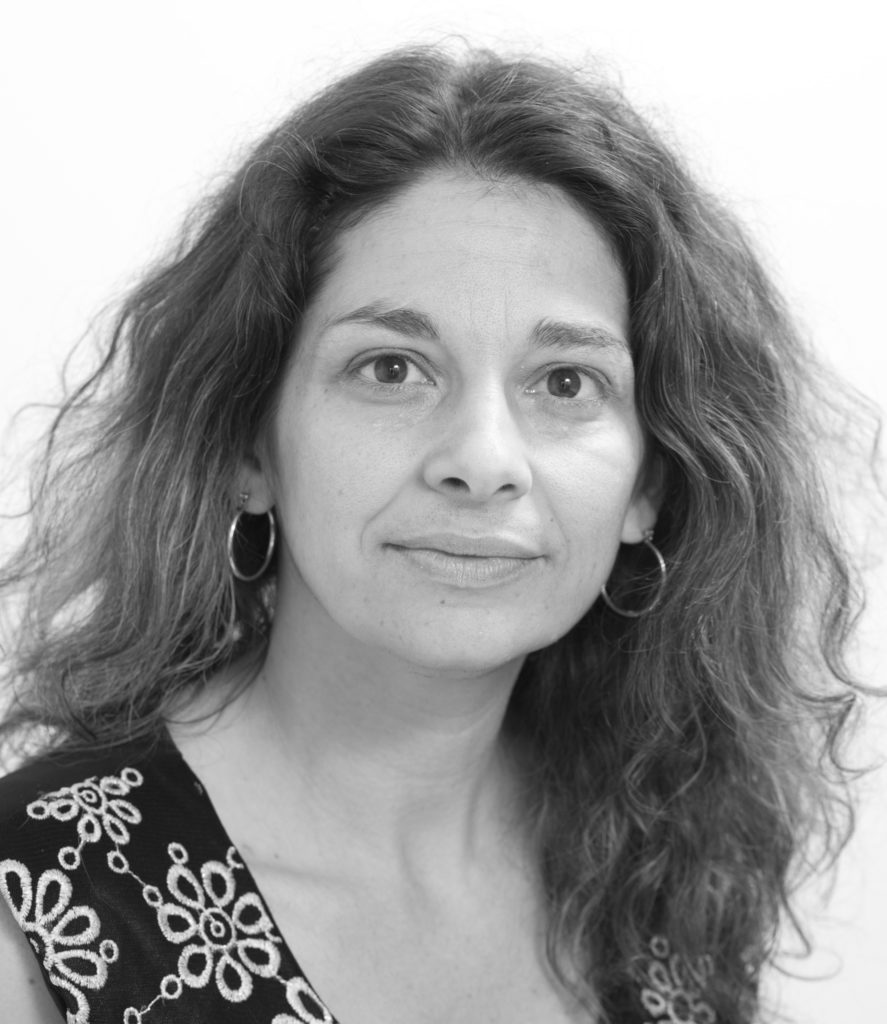By Prof. Kalliopi Fouseki, UCL Institute for Sustainable Heritage

In this blog, I reflect on my personal experience as a creative practitioner who conducts heritage research in one of the ‘Deep Cities’ case study – that is the case of Woolwich in London.
More specifically, I will comment on two creative projects that I orchestrated and delivered at the local art café, Artfix. Artfix, one of our project’s associate partners, is an art café of a social entrepreneurship nature located on the main high street of Woolwich.
The High Street is part of the wider conservation area and currently undergoing major transformation thanks to funding from the Heritage Actions Zone scheme. The ongoing heritage, community and cultural work in the area provides opportunities for making this area a connection point of ‘new’ and ‘old’ communities in Woolwich. The disconnection between ‘newcomers’ to the Royal Arsenal and other development complexes with long-term residents has been one of the key social challenges in Woolwich.
In the ‘Deep Cities’ project we have been trying to understand how heritage can act as a catalyst for social connections and social cohesion. Certainly, this can be achieved if diverse forms of heritage with which diverse communities can relate are mobilized in regeneration processes. In this process, creative practices can be instrumental.

At Artfix I implemented two creative projects – a flamenco heritage workshop and a threatrical performance on mental health. The flamenco dance workshops were delivered by the Flamenco Heritage Artists group of which I am a co-founder. The aim of the group is to trace the cultural influences of various flamenco dances and based on this research to create new choreographic fusions.
One such fusion was a flamenco dance (seguidillas) incorporating dance movements from the ‘Byzantine’ era as can be traced in manuscripts and wall paintings of the time. The workshop consisted of a short introduction to the research, a choreographic performance as well as a practical, participatory workshop with the audience.
Flamenco has been recognized as world heritage by UNESCO. However, its multiple influences from various cultures have been understated. Interestingly, while someone would expect a very specific audience attending such a workshop, the workshop attracted a really diverse community both from Woolwich and the surrounding areas.
What united the dancers and the audiences was a shared passion for dancing. The creative space of Artfix offered the platform of connection, a platform where people from different parts of Woolwich came together.

The second project is a theatrical production on mental health – the Unbound Soul. Created with a group of friends all met in a drama group, the play was performed in Greek with English surtitles. The performance aimed at portraying the complexity of mental health while highlighting the need to move beyond stereotypical representations.
Additional information on the role of heritage in improving mental health and well-being was provided through a website and leaflets. Three sold out performances were delivered, two at Artfix and one at the UCL Bloomsbury studio with very positive feedback. As with the flamenco dance workshop, the audiences represented diverse communities who may have not engaged otherwise before. In both projects, heritage had in a way a peripheral role as the creative project was at the heart.
On the other hand, heritage – especially in the case of the flamenco – was the key inspiring force for innovative choreographic fusions. Through these projects, it became clear to me that merging creative and heritage practices is powerful in bringing diverse communities together and in creating a platform to talk about and get inspired by heritage. However, there are certain challenges that need to be kept in mind.
These projects were feasible due to the enthusiastic commitments of the dancers and actors who volunteered their time on consequent weekends over a period of 5-6 months. They were also possible due to the availability to the creative space of Artfix. These projects are resource heavy. To address this challenge, more synergetic efforts between funding schemes are needed so that arts funding contributes to heritage and heritage funding contributes to arts.
I hope that we will see in the future more projects by which heritage draws on creative practices.

Leave a Reply